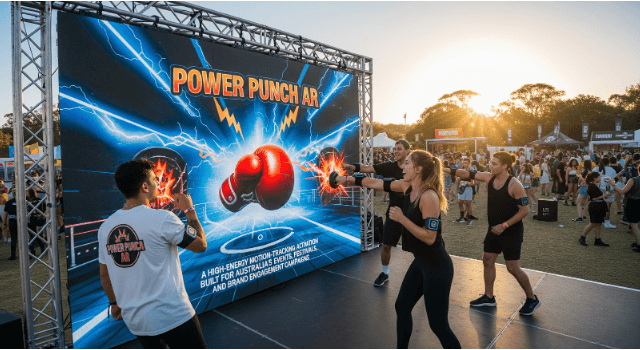How Rotoscopic Walls Revolutionize Complex Content Exploration for exhibitions
Feb 4, 2025
Image sourced from Google
In today’s digital age, engaging audiences with complex content is a challenge. Whether in education, museums, corporate training, or entertainment, conveying intricate information in an interactive and captivating way is crucial. Enter rotoscopic walls—a groundbreaking technology that transforms how we visualize, interpret, and engage with sophisticated subjects.
What is a Rotoscopic Wall?
A rotoscopic wall is an advanced interactive display system that layers real-time motion tracking with high-resolution visuals, creating an immersive experience. This technology allows users to interact with complex digital content dynamically, making learning and exploration more engaging and intuitive.
Originally stemming from rotoscoping—a film animation technique used to trace motion frame by frame—this innovation has evolved to facilitate interactive storytelling, data visualization, and educational simulations.
How Rotoscopic Walls Enhance Complex Content Engagement
Interactive Learning & Gamification
Rotoscopic walls encourage active participation, turning passive consumption of information into an engaging experience. Users can manipulate data, uncover hidden layers, and explore topics in a way that feels like a game.
Enhanced Visualization of Abstract Concepts
Whether explaining scientific theories, architectural blueprints, or historical timelines, rotoscopic walls allow for dynamic and 3D visualizations. This helps users grasp intricate details in an interactive format that static images or text-based content cannot provide.
Multi-Sensory Engagement
Combining motion tracking, augmented reality (AR), and high-resolution projections, rotoscopic walls appeal to visual, auditory, and kinesthetic learners alike. This multi-sensory approach improves retention and understanding.
Seamless Integration with AI & Data Analytics
By incorporating AI-driven content personalization, rotoscopic walls can adapt in real-time based on user behavior, making the experience more relevant and impactful.
Applications of Rotoscopic Walls
Education & Museums: Interactive historical timelines, virtual dissections, and physics simulations bring textbooks to life.
Corporate Training & Presentations: Businesses can use rotoscopic walls for immersive storytelling, product visualization, and data-driven decision-making.
Entertainment & Gaming: Interactive exhibits, AR-enhanced movie experiences, and live performances leverage this technology for audience engagement.
Retail & Advertising: Brands can create captivating product showcases and virtual try-ons using interactive displays.





